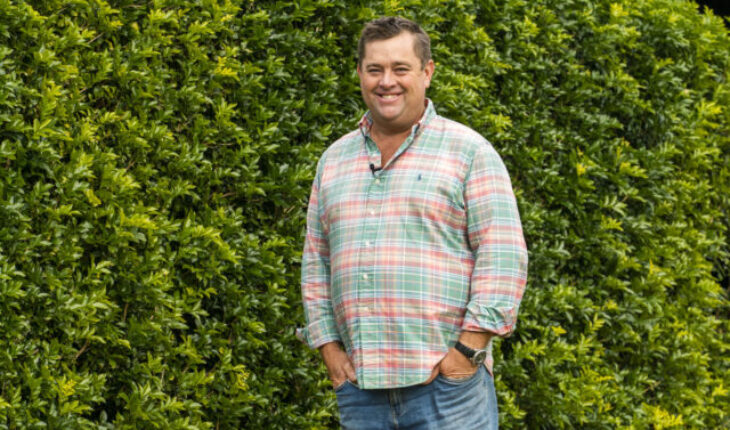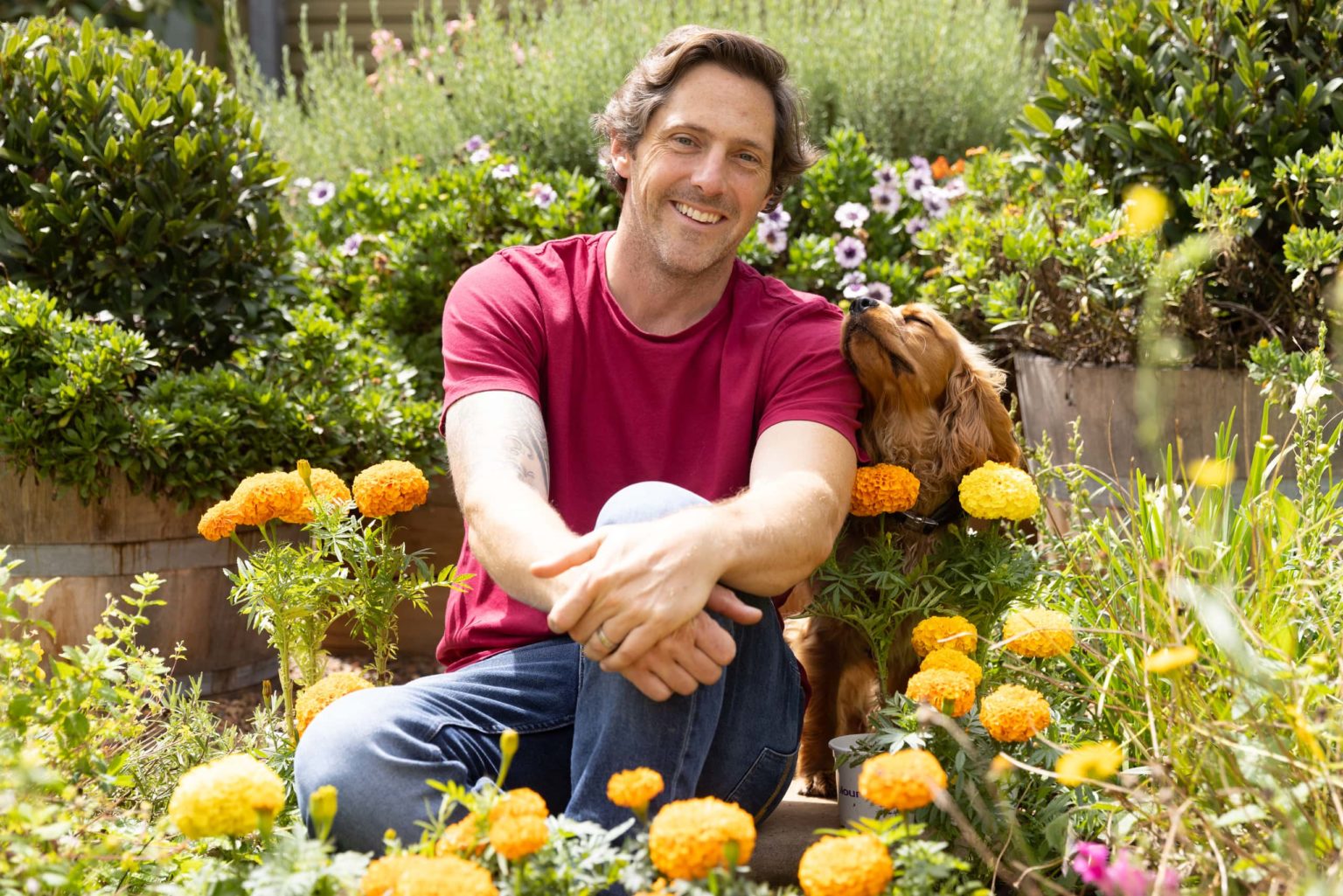Landscaping expert Jason Hodges shares his tips to create a backyard oasis that not only thrives but offers a great destination year-round.

Selecting the right plants for the backyard garden is the first step. Jason suggests looking at neighbourhood gardens for inspiration to see which plants and designs work best in the area. “Start by imagining what you want your backyard to look like and plan backwards to achieve the goal. There are lots of simple projects that can be done around the garden that don’t take too much time or cost too much money but can have a huge impact.”
Mature trees can be a starting point for building a scheme. They block the glare of the sun and can also be used as an anchor for shade sails, a hammock, pendant lights or hanging decorations. “Consider using native plants as they are durable and require minimal upkeep. Opting for native trees gives structure and architecture to your garden, and helps to create a garden capable of enduring climate fluctuations, requiring less maintenance and support the microclimate by providing a shady canopy during summer,” says Jason.
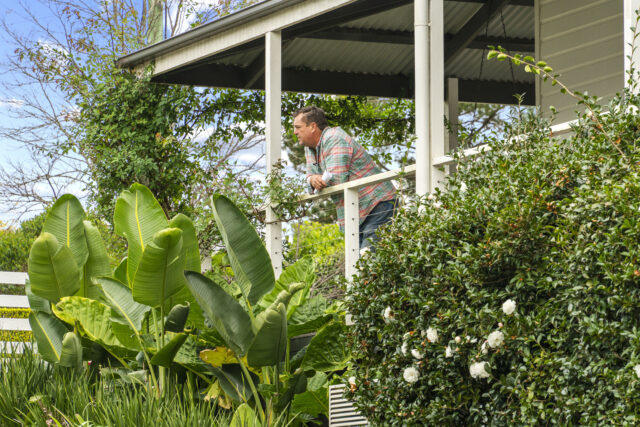

“Make sure you regularly feed your trees. The best choice for fast results in the garden is liquid fertiliser as it’s quick acting, allowing the plant to absorb both the micro and macro nutrients through the foliage quicker than any other fertiliser.”
The best garden designs start with structural plants infilled with smaller plants. Plants like Agapanthus and Frangipani are excellent choices as they are survival plants that require minimal maintenance and add beauty to the garden.
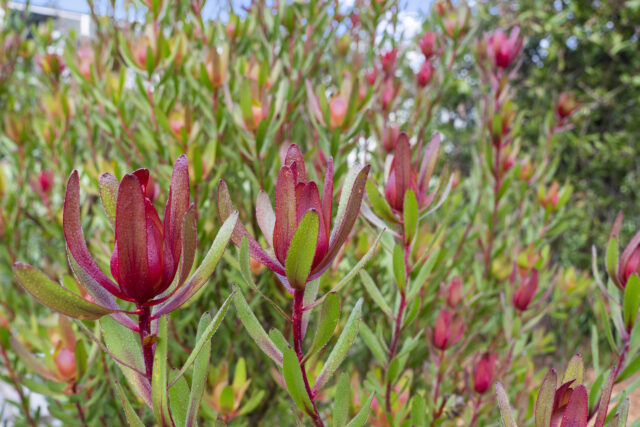

For a more structured look, use evergreen shrubs as the backbone of the garden and include small shrubs such as Buxus Balls in between. Once you have this frame, fill the gaps with pretty flowering plants. In entertaining areas, try using palms and tropical plants for a more resort and relaxed feel. If you need to hide a wall, or an unsightly visual next door, an evergreen hedge creates a year-round structured look and adds a splash of much needed green in winter.
“Replacing old or damaged turf is a quick way to enhance your garden,” says Jason. Healthy turf will bring a clean, fresh look to your outdoor space and is a simple project.
The next step in designing your backyard is to create zones for playing, eating, cooking and relaxing. A zoned garden works well for backyards of all sizes. Defining these zones using furniture, plants or other materials such as pavers and stepping stones provides autonomy for each space to shine individually while allowing the whole backyard to operate functionally.


Adding a feature such as a water feature or fire pit will enhance the aesthetic appeal of your space and provide a simple statement focal point. Also gaining popularity is the outdoor pizza oven which adds an element of fun to entertaining.
Kids love having their own section of the garden and if space allows, section off a corner of the yard and make it child friendly. If the yard is not big enough to accommodate a playhouse, small tepees are a great alternative.
“Urban edible gardening has surged in popularity in Australia, and you don’t need a lot of space, as vegetables can be grown in the ground, in raised garden beds, in containers, and even mixed into garden beds and borders,” says Jason. One of the best things about growing your own is that it gets the whole family involved and teaches kids the importance of healthy eating from a young age.
“When it comes to veggie gardens, the most important thing is the foundation, meaning the soil structure,” says Jason. “You want to make sure your soil is full of nutrients and rich organic matter. Consider an organic fertiliser if you want to grow fruit and vegetables directly for the dinner table.”


For those with smaller outdoor spaces, smart landscaping solutions can make all the difference. Small backyards can be enhanced with pots and planters, which can be rearranged every six-to-12 months to keep the layout fresh and visually appealing. Planters can also be used to screen off less attractive areas while adding colour and texture to the space. Consider planting annuals for a pop of colour, filling pots with a variety of petunias, alyssum, California poppies, asters, pansies and African daisies.
“There’s no excuse for not having a beautiful garden,” concludes Jason, who is a brand ambassador for organic fertiliser brand Charlie Carp.
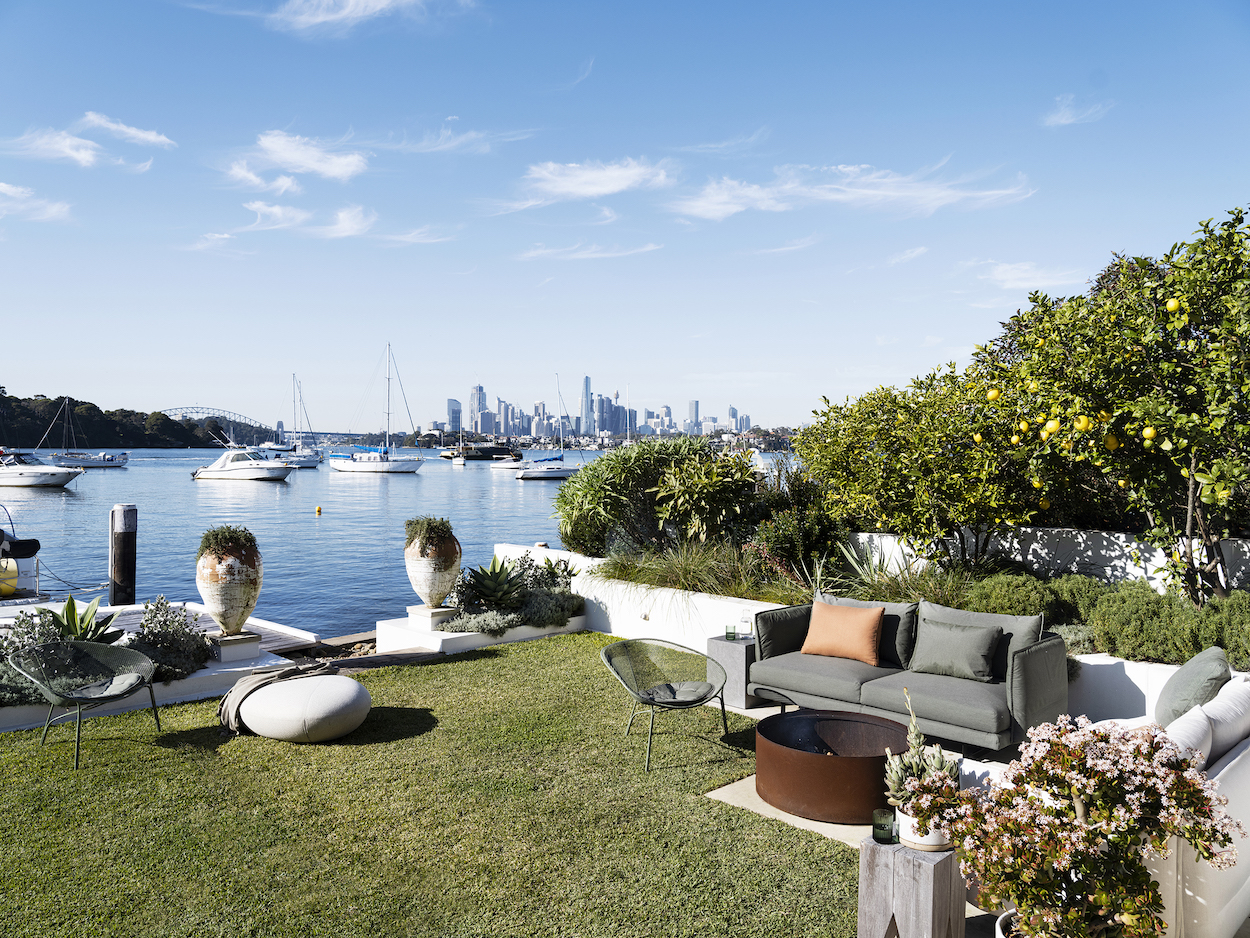

Winter garden tips: How to use the outdoors all year round
While outdoor spaces are often overlooked in winter, they can be wonderful places to entertain and enjoy in the

